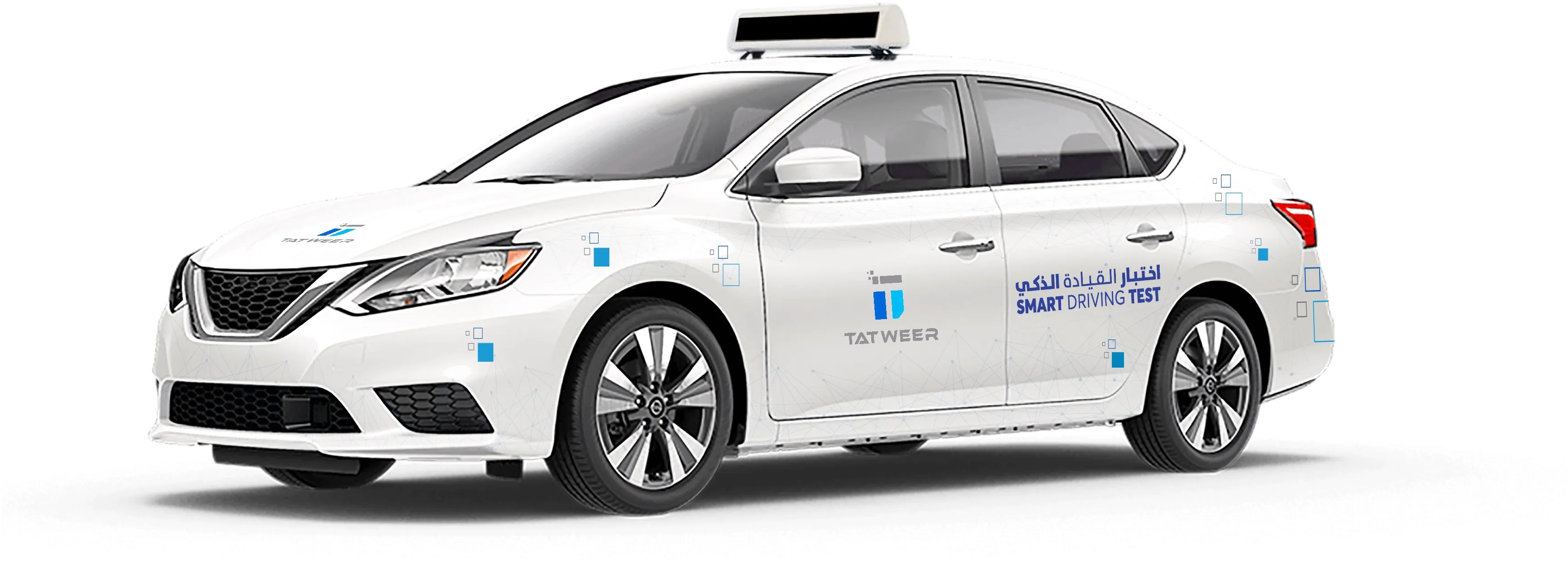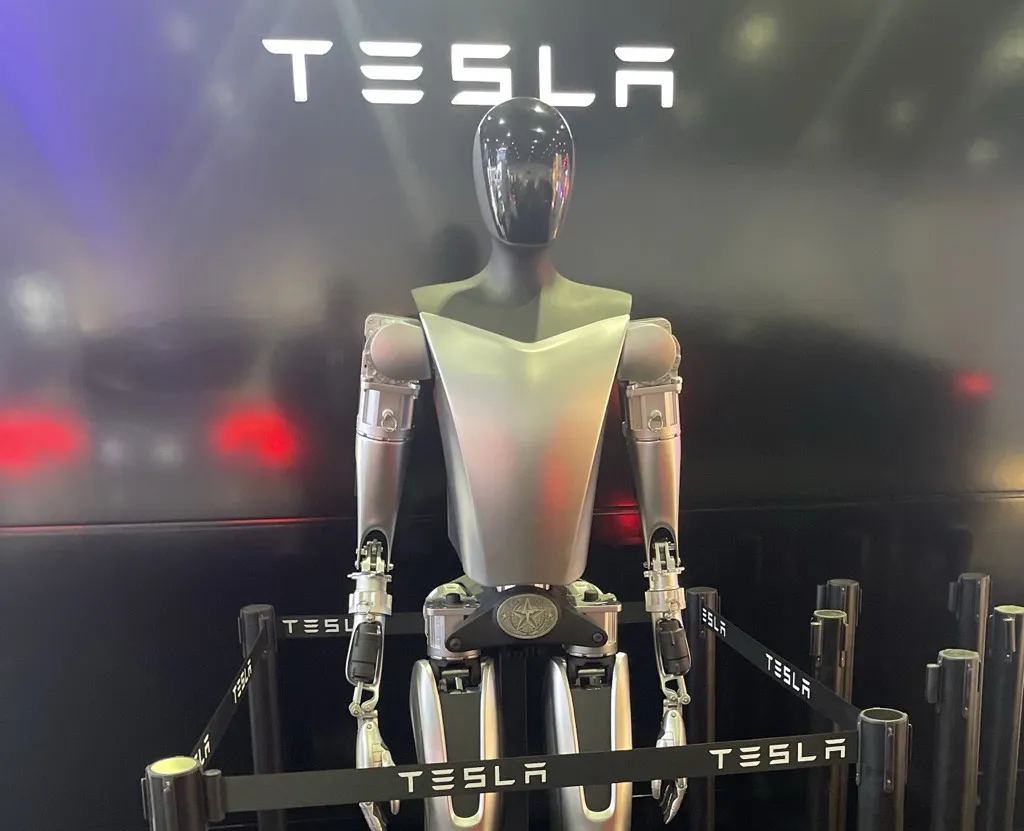The all-new Ford Mondeo will be equipped with a raft of safety features, including technology that is able to detect people in the road ahead and – if the driver does not respond to warning sounds and displays – automatically applies the brakes.
Pedestrian Detection is among a raft of new features and improvements detailed by Ford which enhance the Mondeo. The system is part of the Pre-Collision Assist package that also introduces Active Braking, which can autonomously apply braking to help mitigate rear
September 26, 2014
Read time: 3 mins
The all-new 278 Ford Mondeo will be equipped with a raft of safety features, including technology that is able to detect people in the road ahead and – if the driver does not respond to warning sounds and displays – automatically applies the brakes.
Pedestrian Detection is among a raft of new features and improvements detailed by Ford which enhance the Mondeo. The system is part of the Pre-Collision Assist package that also introduces Active Braking, which can autonomously apply braking to help mitigate rear-end collisions, right up to the vehicle’s maximum speed.
Ford’s new Pre-Collision Assist with Pedestrian Detection can detect people in the road ahead, or who could cross the vehicle’s path and automatically applies the brakes if the driver does not respond to warnings. The system processes information collected from a windshield-mounted camera, and radar located in the bumper, and checks it against a database of ‘pedestrian shapes’ to distinguish people from typical roadside scenery and objects.
The Mondeo will also apply automatic braking to mitigate or avoid a collision with a vehicle ahead. Active City Stop operates at speeds of up to 40 km/h (25 mph). At higher speeds new Pre-Collision Assist uses radar and camera technology to scan up to 200 metres ahead, and can autonomously apply up to full braking force to help the driver mitigate or avoid many types of rear-end collision.
Radar technology further enables the new Distance Indication feature and Adaptive Cruise Control technology. Distance Indication provides an intuitive visual interface to inform the driver of the time gap to the vehicle ahead. Adaptive Cruise Control automatically maintains a chosen distance from the vehicle ahead.
In addition, the forward-facing camera supports Lane Keeping Aid, which applies steering torque to guide the all-new Mondeo back in to lane if unintended drifting towards the lane marking is detected; and Traffic Sign Recognition, which provides the driver with the latest detected speed limit, cancellation signs and overtaking regulations via the instrument cluster display.
“The new Mondeo is the most technologically advanced Ford vehicle ever introduced in Europe,” said Ulrich Koesters, vehicle line director, Ford of Europe. “Features like Pre-Collision Assist with Pedestrian Detection add safety and security for drivers in busy urban conditions.”
Mondeo drivers will be able to see more clearly with the introduction of Ford’s adaptive LED headlamp technology to Europe. The sophisticated technology combines full-LED headlamps offering daylight-mimicking light clarity with Ford’s Adaptive Front Lighting System that adjusts the headlight beam angle and intensity to match driving environment. It can choose one of seven settings according to vehicle speed, ambient light conditions, steering angle, distance to the vehicle in front and windscreen wiper activation.
Mondeo also is designed to help drivers in and out of parking spaces. An advanced version of Active Park Assist featuring Perpendicular Parking enables drivers to detect suitably-sized spaces and reverse hands-free into those parallel to the road or side-to-side with other cars.
This advanced parking feature will be supported by both Park-Out Assist, which helps drivers to exit parallel parking spaces; and Side Parking Aid, which delivers an on-screen visual representation and audible warning of obstacles to the sides of the vehicles, as well as to the front and rear.
Pedestrian Detection is among a raft of new features and improvements detailed by Ford which enhance the Mondeo. The system is part of the Pre-Collision Assist package that also introduces Active Braking, which can autonomously apply braking to help mitigate rear-end collisions, right up to the vehicle’s maximum speed.
Ford’s new Pre-Collision Assist with Pedestrian Detection can detect people in the road ahead, or who could cross the vehicle’s path and automatically applies the brakes if the driver does not respond to warnings. The system processes information collected from a windshield-mounted camera, and radar located in the bumper, and checks it against a database of ‘pedestrian shapes’ to distinguish people from typical roadside scenery and objects.
The Mondeo will also apply automatic braking to mitigate or avoid a collision with a vehicle ahead. Active City Stop operates at speeds of up to 40 km/h (25 mph). At higher speeds new Pre-Collision Assist uses radar and camera technology to scan up to 200 metres ahead, and can autonomously apply up to full braking force to help the driver mitigate or avoid many types of rear-end collision.
Radar technology further enables the new Distance Indication feature and Adaptive Cruise Control technology. Distance Indication provides an intuitive visual interface to inform the driver of the time gap to the vehicle ahead. Adaptive Cruise Control automatically maintains a chosen distance from the vehicle ahead.
In addition, the forward-facing camera supports Lane Keeping Aid, which applies steering torque to guide the all-new Mondeo back in to lane if unintended drifting towards the lane marking is detected; and Traffic Sign Recognition, which provides the driver with the latest detected speed limit, cancellation signs and overtaking regulations via the instrument cluster display.
“The new Mondeo is the most technologically advanced Ford vehicle ever introduced in Europe,” said Ulrich Koesters, vehicle line director, Ford of Europe. “Features like Pre-Collision Assist with Pedestrian Detection add safety and security for drivers in busy urban conditions.”
Mondeo drivers will be able to see more clearly with the introduction of Ford’s adaptive LED headlamp technology to Europe. The sophisticated technology combines full-LED headlamps offering daylight-mimicking light clarity with Ford’s Adaptive Front Lighting System that adjusts the headlight beam angle and intensity to match driving environment. It can choose one of seven settings according to vehicle speed, ambient light conditions, steering angle, distance to the vehicle in front and windscreen wiper activation.
Mondeo also is designed to help drivers in and out of parking spaces. An advanced version of Active Park Assist featuring Perpendicular Parking enables drivers to detect suitably-sized spaces and reverse hands-free into those parallel to the road or side-to-side with other cars.
This advanced parking feature will be supported by both Park-Out Assist, which helps drivers to exit parallel parking spaces; and Side Parking Aid, which delivers an on-screen visual representation and audible warning of obstacles to the sides of the vehicles, as well as to the front and rear.










